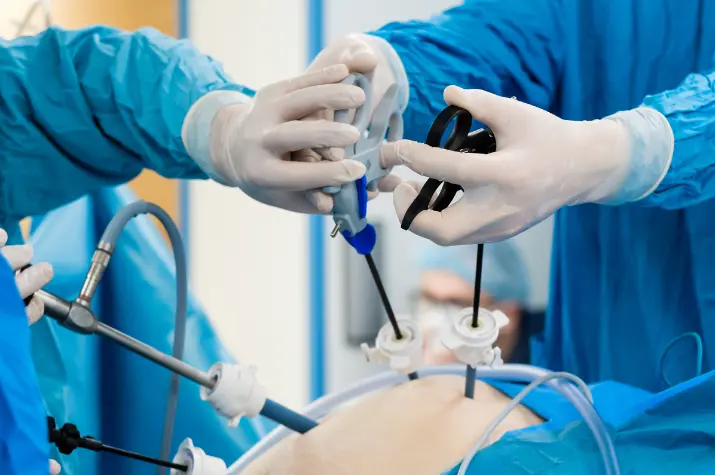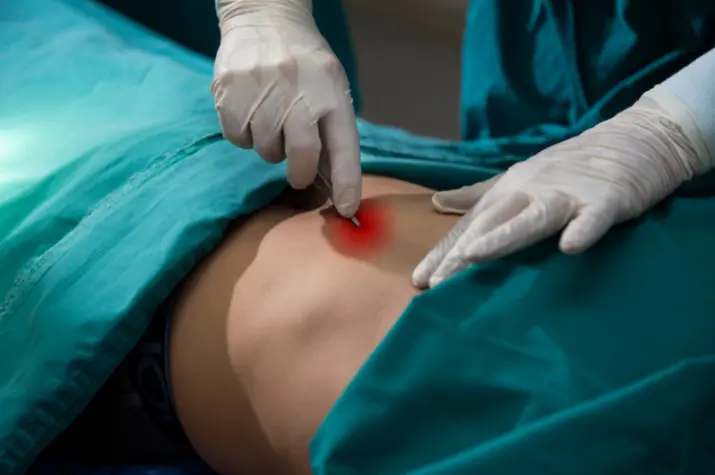
Treating tumors used to mean big surgeries that took a long time to recover from and could cause problems. But thanks to advancements in medical technology, we have different and better ways to fight tumors using minimally invasive treatments.
This article talks about the good things that come with using these minimally invasive treatments to fight tumors.
Less Blood Loss
When doctors use small cuts for surgeries (minimally invasive), there’s less bleeding, which reduces the need for blood transfusions.
This is especially helpful for people with health issues such as anemia, clotting disorders, cardiovascular diseases, or weak immune systems.
Avoiding the need for a blood transfusion helps patients recover more smoothly and lowers the risk of complications.
Faster Recovery
Recovery is another crucial complication of surgery, and that’s because many patients find themselves stuck in a hospital bed recovering for weeks after they’ve had a tumor removed.
It’s only after the hospital stay is done that they can resume their lives, but that includes complications, too, like muscular atrophy.
However, less invasive procedures have a smaller impact on the human body, don’t take long to perform, and leave the patient ready to leave the hospital after just a day or two.
Healthy Tissues Preserved

Tumors are incredibly dangerous and toxic, and they’re prone to metastasizing and spreading all over the body. But, this can result in damage to other surrounding tissues that get caught in the middle, such as blood vessels or cartilage.
However, minimally invasive procedures have a lower impact on the human body, and they can be performed so all of the healthy structures around the tumor can be preserved.
Less Scarring
Regular surgeries for tumors often leave large scars from big cuts, which can be upsetting. Minimally invasive procedures, on the other hand, use smaller cuts which leads to much less scarring.
If you need uterine fibroid treatment in Memphis, TN, or any other state, going for minimally invasive methods can effectively shrink tumors with little to no scarring.
Reduced Chance of Infection
When doctors make smaller incisions in minimally invasive procedures, it means there is a smaller risk of infection after surgery. These procedures protect internal tissues from the outside germs which reduces the risk of infections.
If we compare this to big incisions in traditional surgeries, where there’s a higher risk of germs getting in, minimally invasive methods help people recover faster and ensure they’re safer.
Conclusion
Major surgery is a life-saving tool that doctors have been using for decades, but it isn’t always necessary to get major surgery for the health problems you’re facing.
While surgical excision is a good option for tumors, there will always be some side effects, which can make its benefits questionable.
About The Author:
Stacey Smith is a freelance health writer. She is passionate about writing about women’s health, dental health, diabetes, endocrinology, and nutrition and provides in-depth features on the latest in health news for medical clinics and health magazines.




